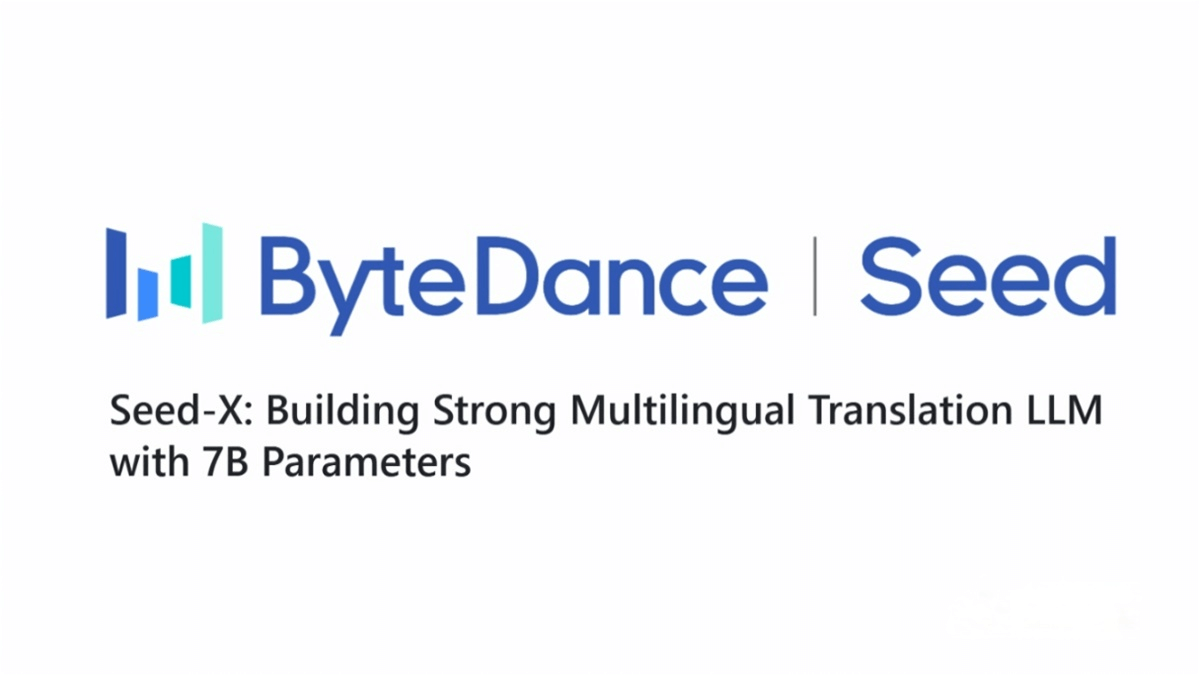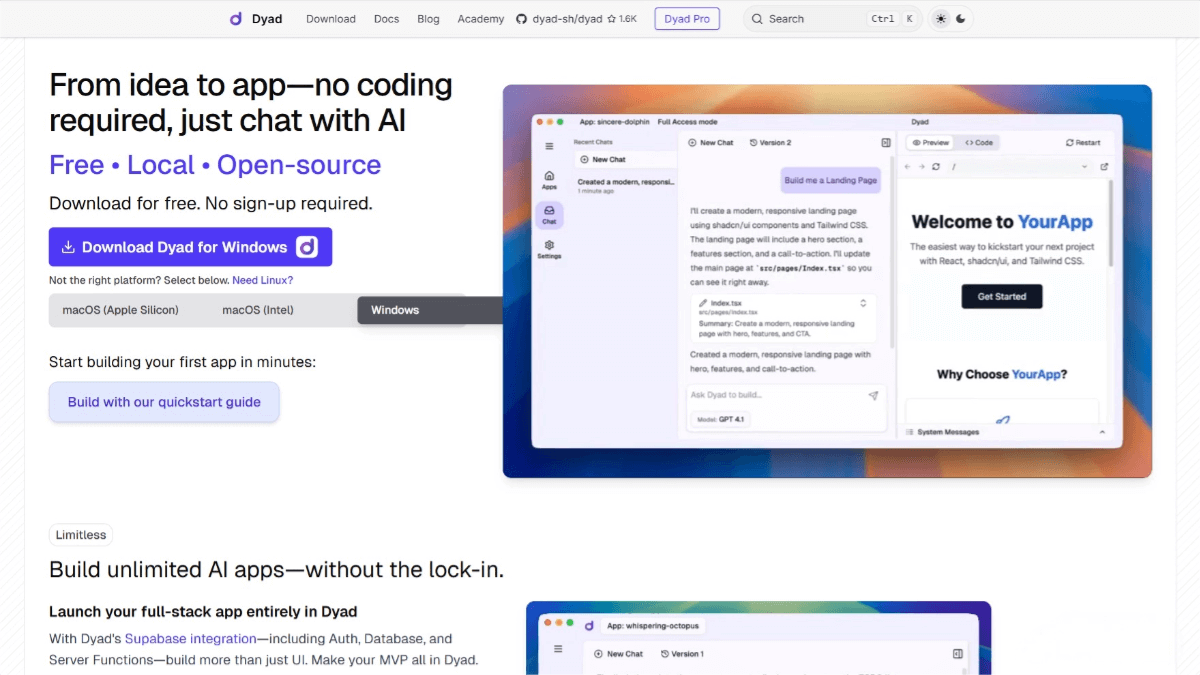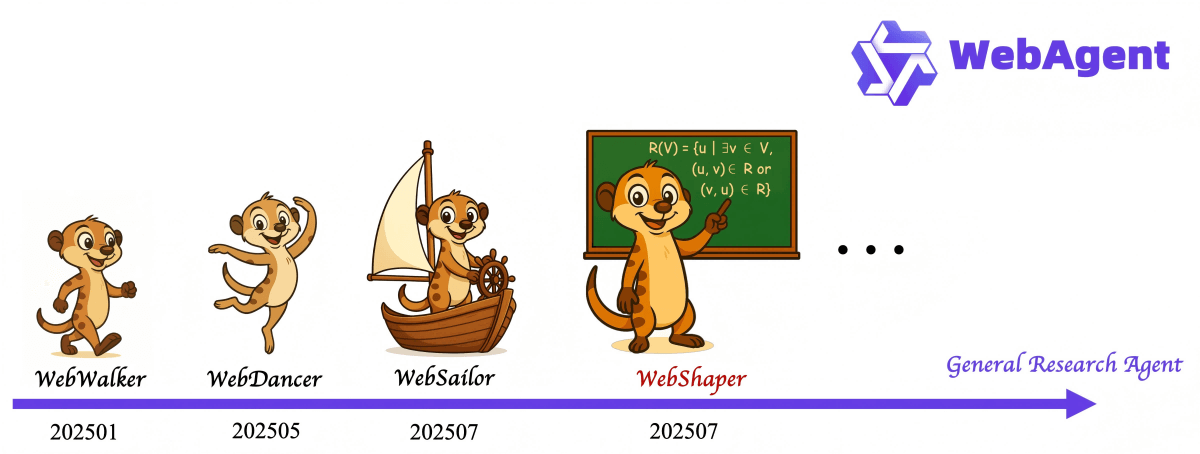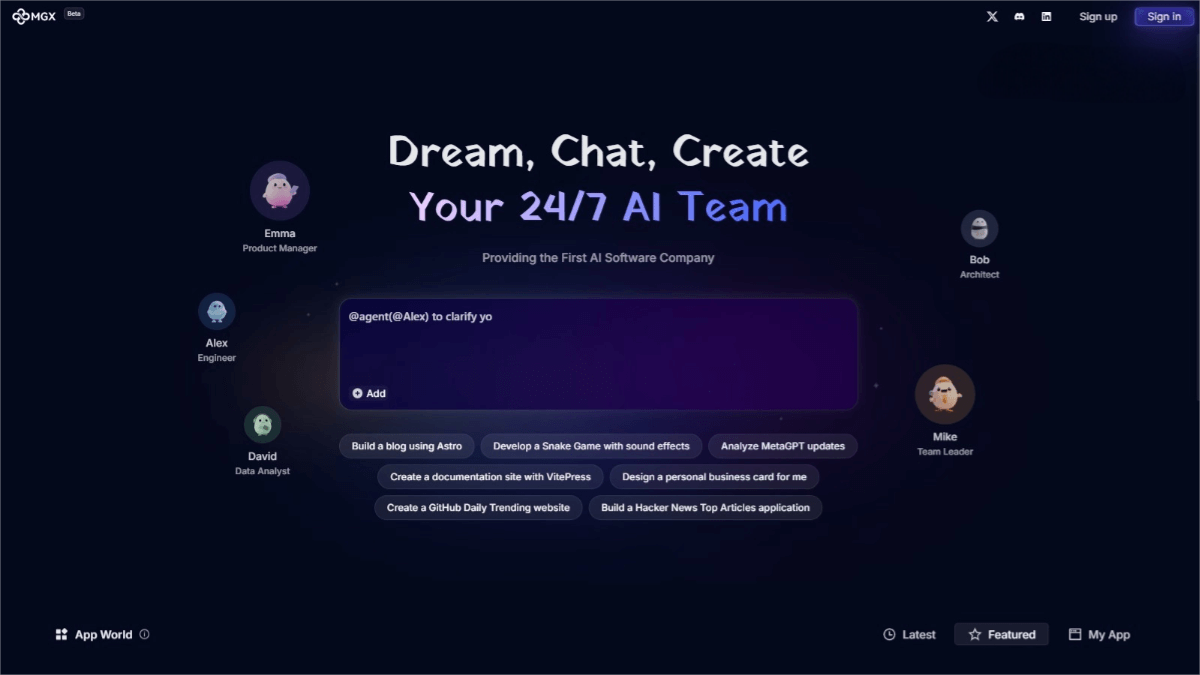Seed-X – ByteDance’s open-source multilingual translation model
What is Seed-X?
Seed-X is an open-source multilingual translation model developed by ByteDance’s Seed Team. With 7 billion parameters, it supports bidirectional translation across 28 languages. Seed-X integrates high-quality multilingual pretraining, instruction fine-tuning, and reinforcement learning to significantly enhance translation performance, especially in handling complex linguistic patterns and avoiding rigid or unnatural translations. It performs exceptionally well in both automated and human evaluations—comparable to or even surpassing large-scale models like GPT-4 and Claude 3.5. Seed-X also introduces the Seed-X-Challenge-Set, a benchmark covering internet slang, classic literature, idioms, and other challenging linguistic elements, pushing the boundaries of translation research.

Key Features of Seed-X
-
Efficient Translation: Supports high-quality, bidirectional translation across 28 languages, including English, Chinese, French, German, Japanese, and Korean.
-
Wide Domain Coverage: Excels in diverse domains such as internet content, science and technology, workplace communication, e-commerce, biomedicine, finance, legal, literature, and entertainment.
-
Reasoning and Explanation: Equipped with Chain-of-Thought (CoT) reasoning, Seed-X can explain the meaning behind translations, helping users better understand the content.
-
Optimized via Reinforcement Learning: Enhances translation quality and generalization capabilities, particularly when dealing with nuanced or complex language structures.
Technical Principles Behind Seed-X
-
Pretraining: Trained on large-scale multilingual data, including both monolingual and bilingual corpora covering 28 languages. Monolingual data improves language understanding, while bilingual data aligns semantics between languages. Pretraining is divided into three phases: general phase (major language pretraining), multilingual-dominant phase (increased multilingual data ratio), and parallel data phase (fine-tuning with high-quality bilingual data only).
-
Instruction Fine-Tuning (SFT): Uses human-annotated and augmented translation datasets to improve performance. Integrates Chain-of-Thought reasoning to let the model explain its translation steps, enhancing accuracy and interpretability.
-
Reinforcement Learning (RL): Trains a reward model based on human preference data to score candidate translations. Uses the Proximal Policy Optimization (PPO) algorithm for iterative training, significantly boosting performance, especially for low-resource language pairs.
-
Data Optimization: Applies data cleaning and augmentation to remove low-quality samples and improve dataset integrity. Iteratively optimizes bilingual data, enhancing both data and model quality over time.
Project Links for Seed-X
-
GitHub Repository: https://github.com/ByteDance-Seed/Seed-X-7B
-
HuggingFace Model Hub: https://huggingface.co/ByteDance-Seed/Seed-X-PPO-7B
-
arXiv Technical Paper: https://arxiv.org/pdf/2507.13618
Application Scenarios for Seed-X
-
Cross-Language Information Retrieval: Researchers can translate Chinese technical papers into English to quickly access the latest global research in relevant fields.
-
Multilingual Content Creation: Content creators can translate Chinese blog posts into multiple languages to publish on international platforms and engage a global audience.
-
Online Education: Online programming courses can be translated from English into Chinese, Spanish, and Arabic to help students in different countries learn effectively.
-
E-commerce: Online retailers can translate Chinese product descriptions into English, French, and German to enhance the shopping experience for international users.
-
Social Media: Platforms like Weibo can translate Chinese posts into English, Japanese, and Korean to improve global accessibility and user engagement.
Related Posts




